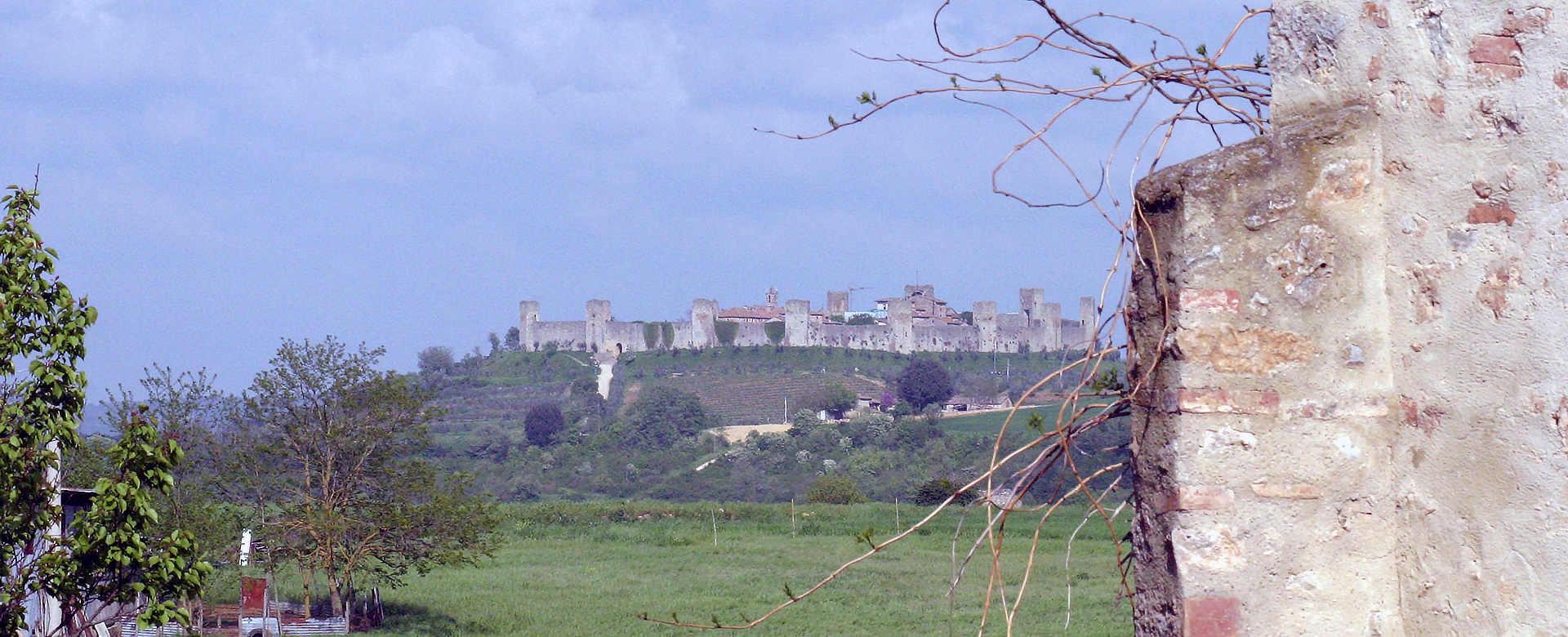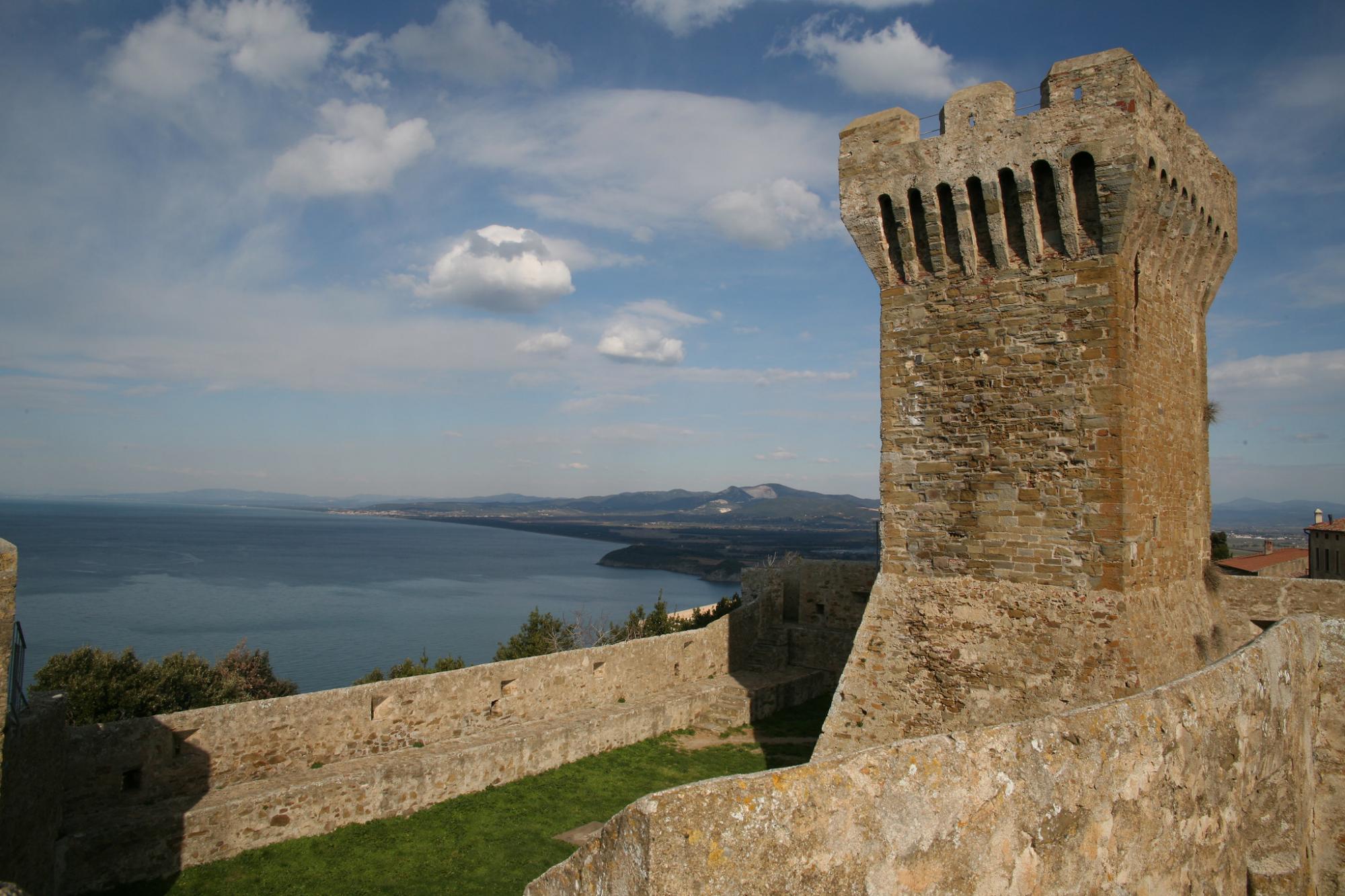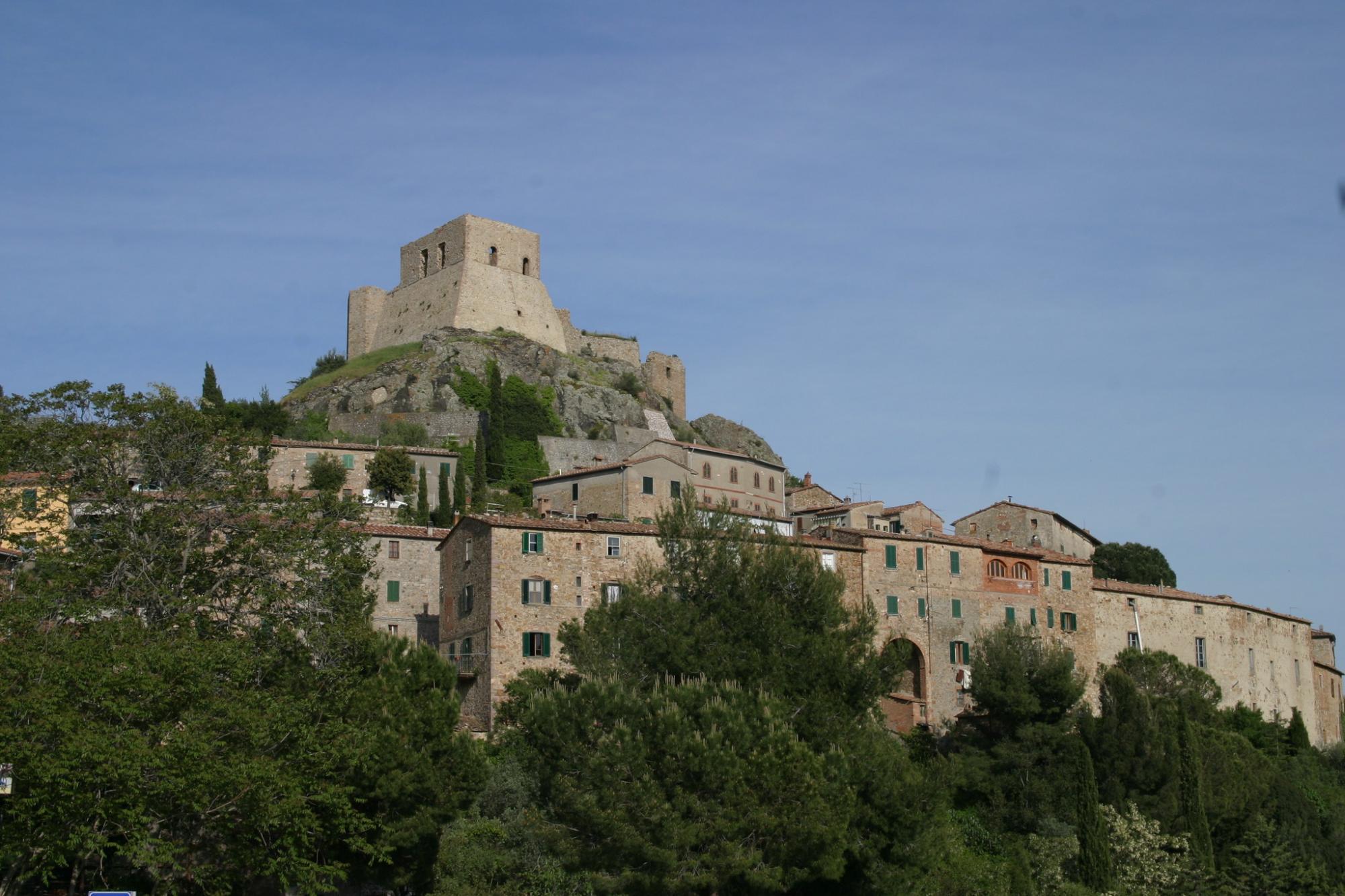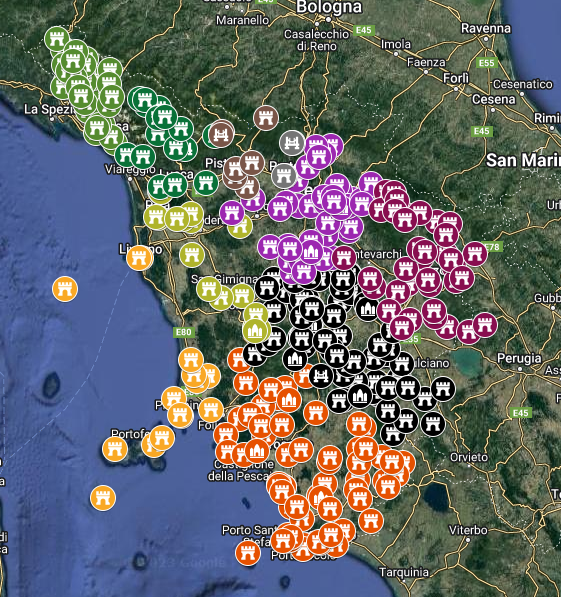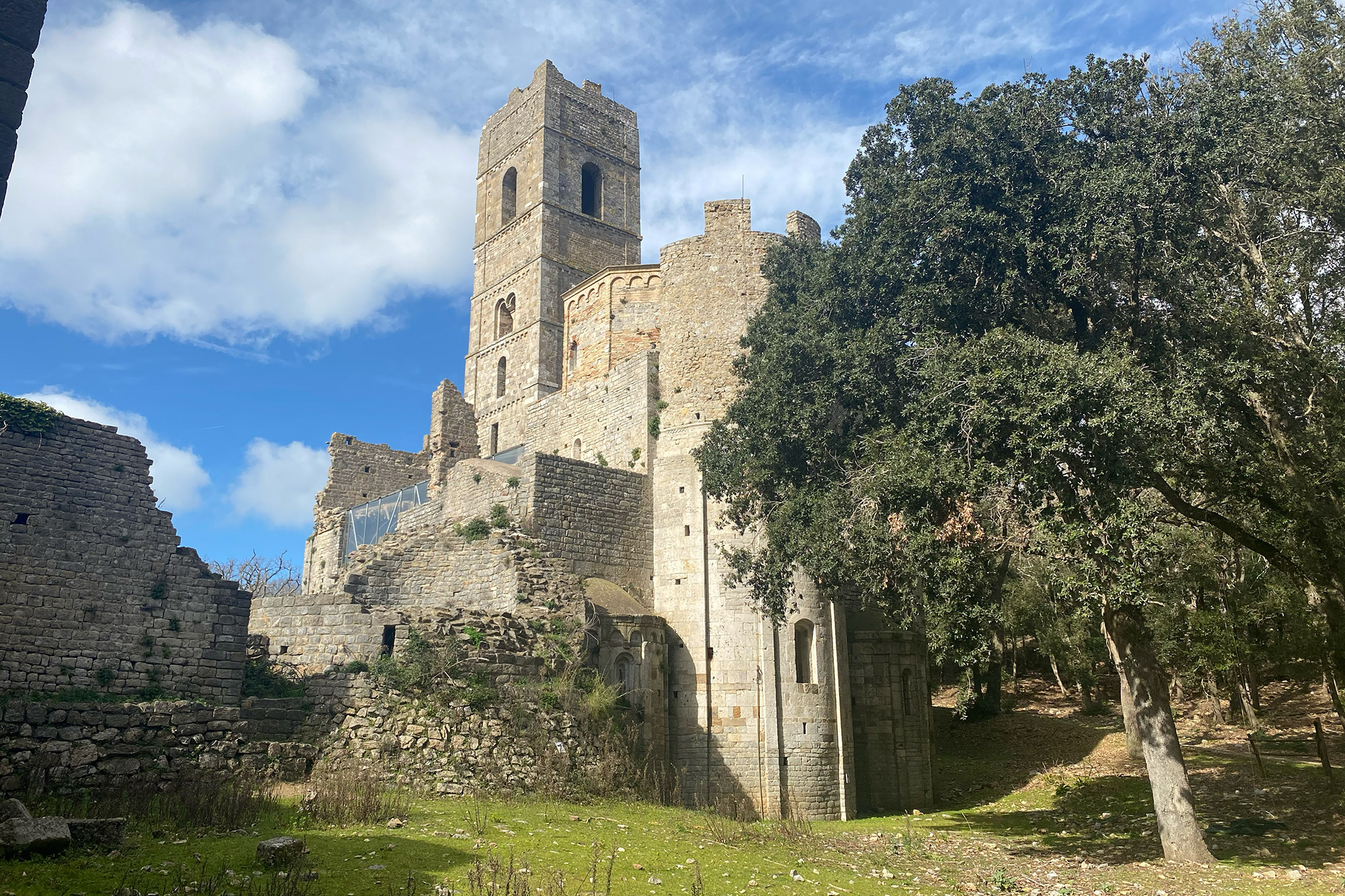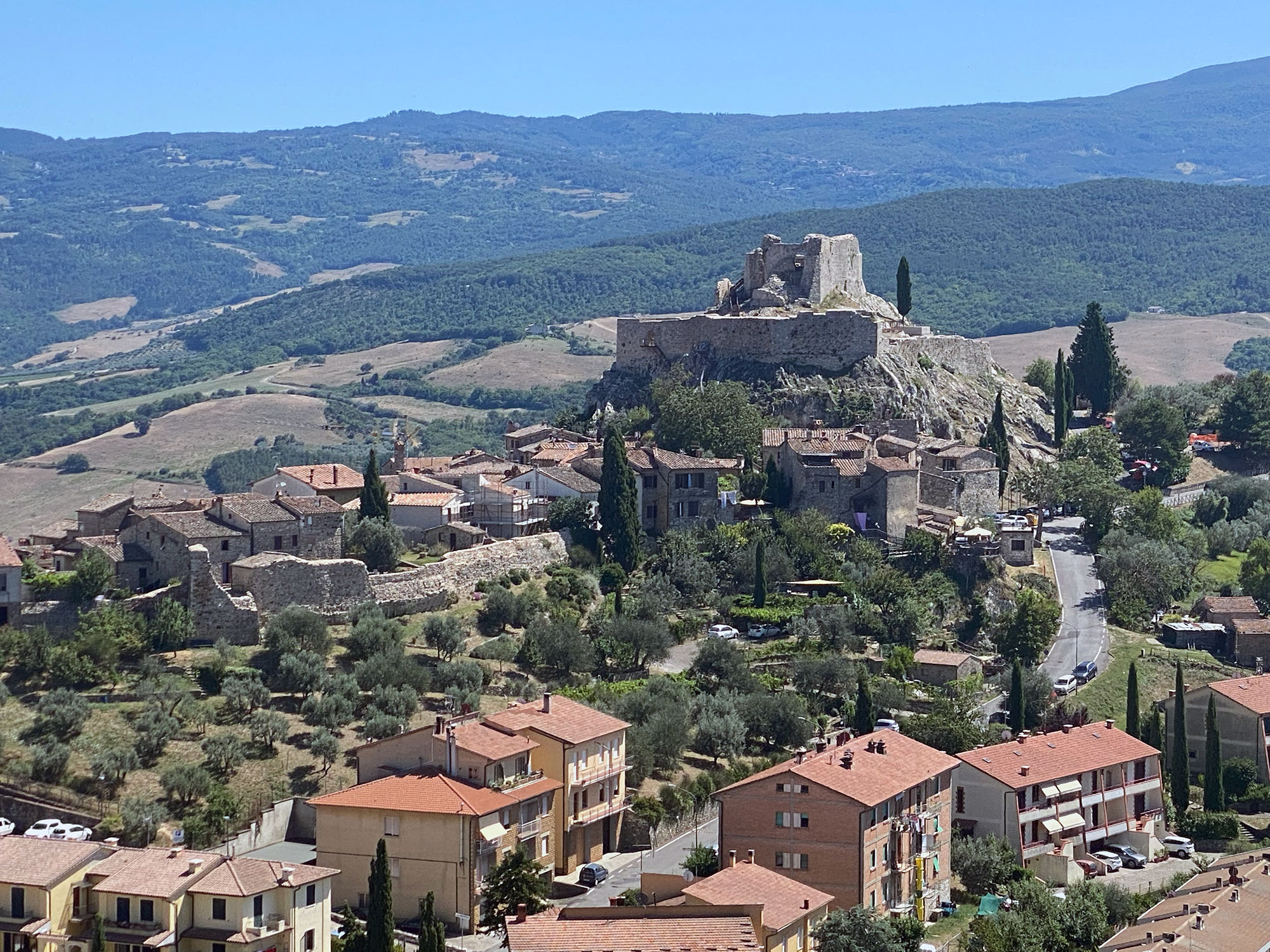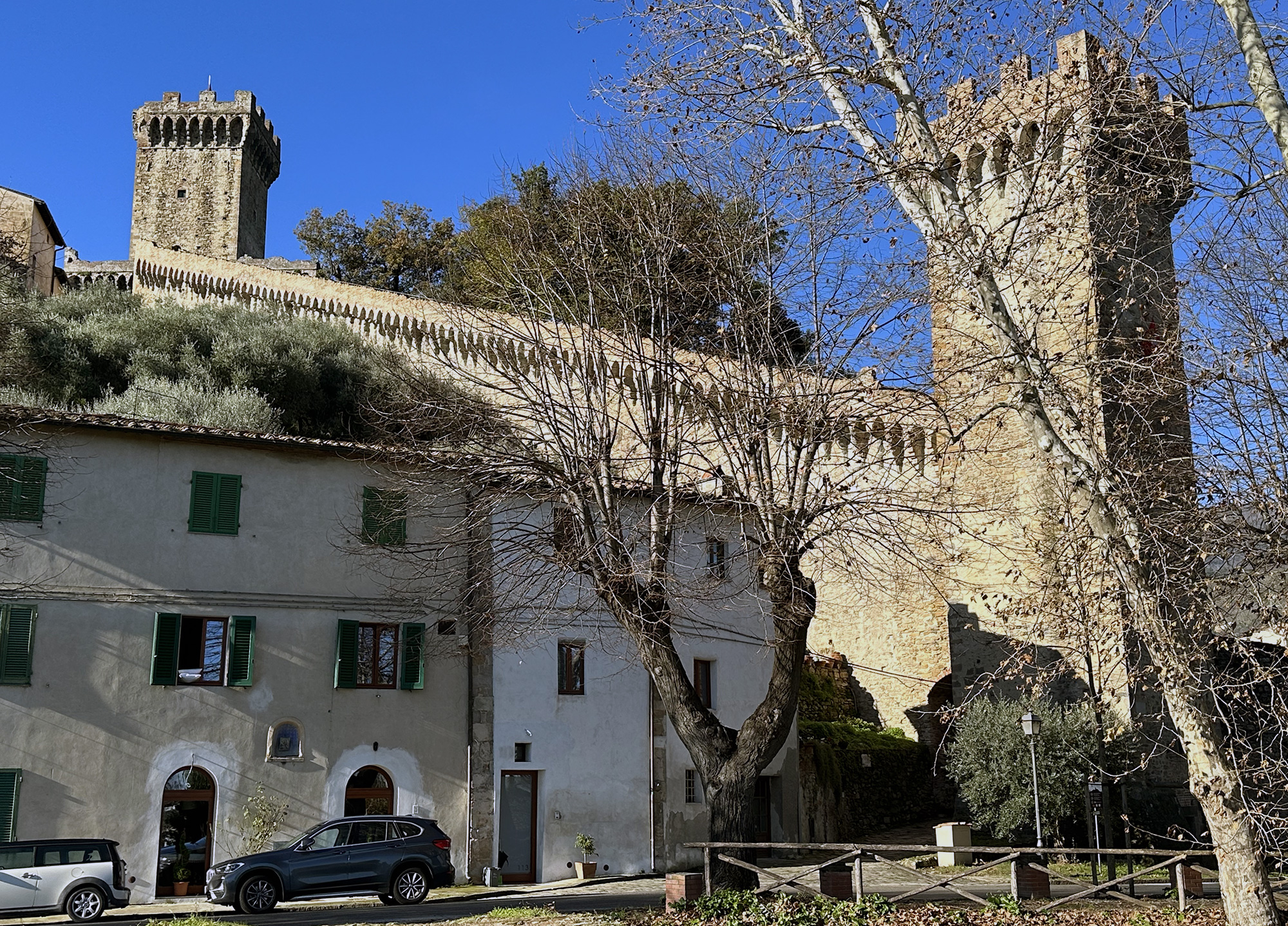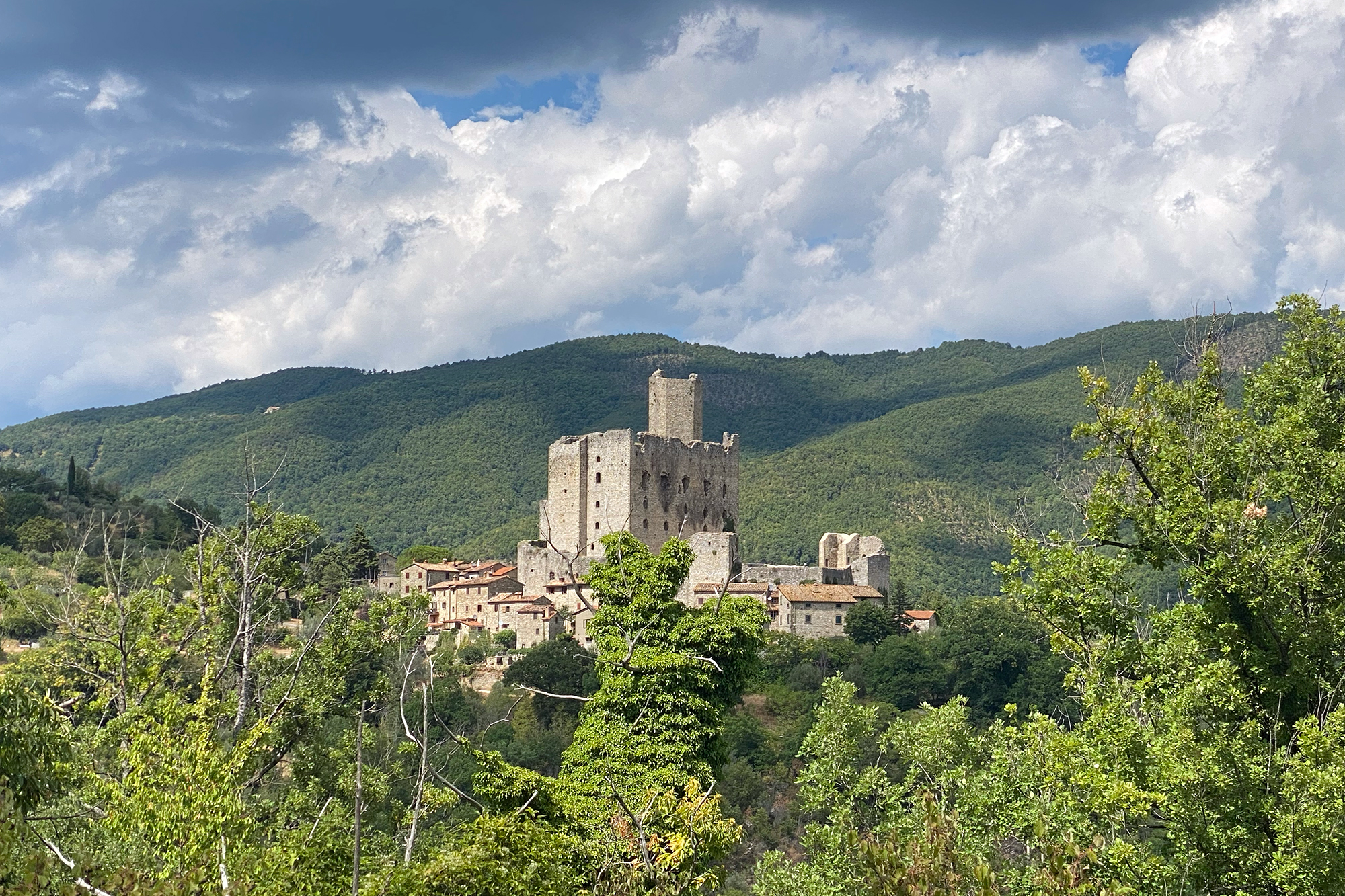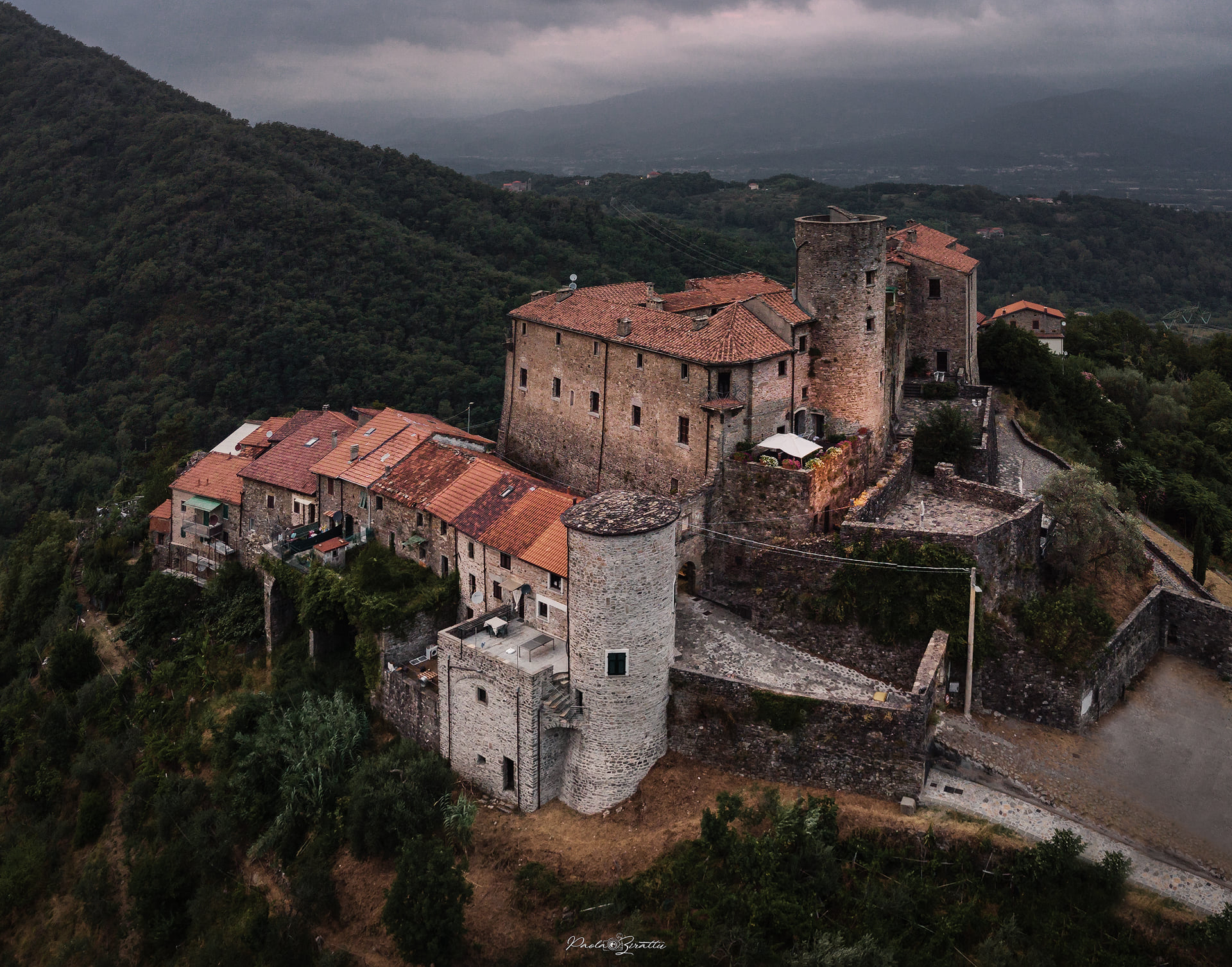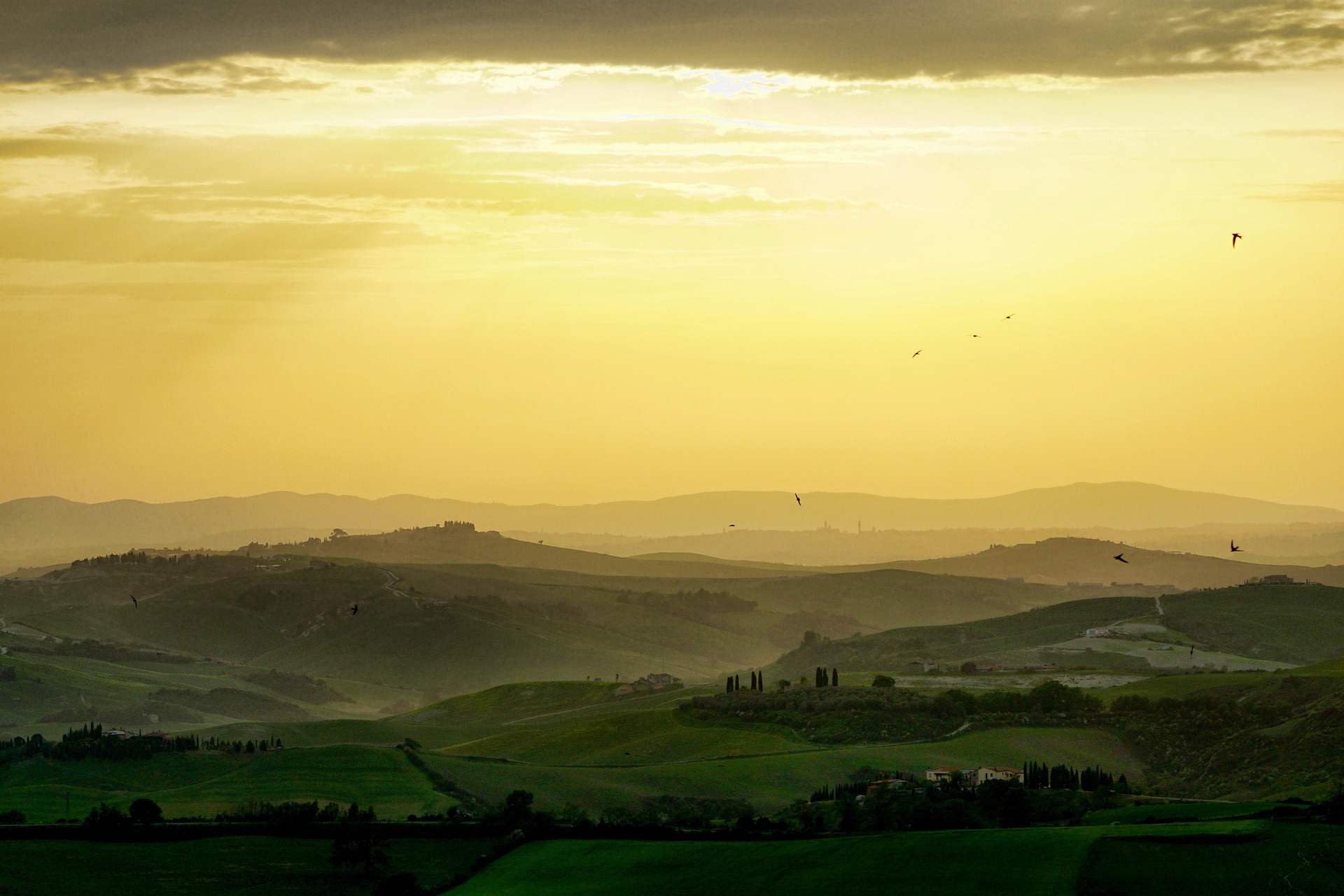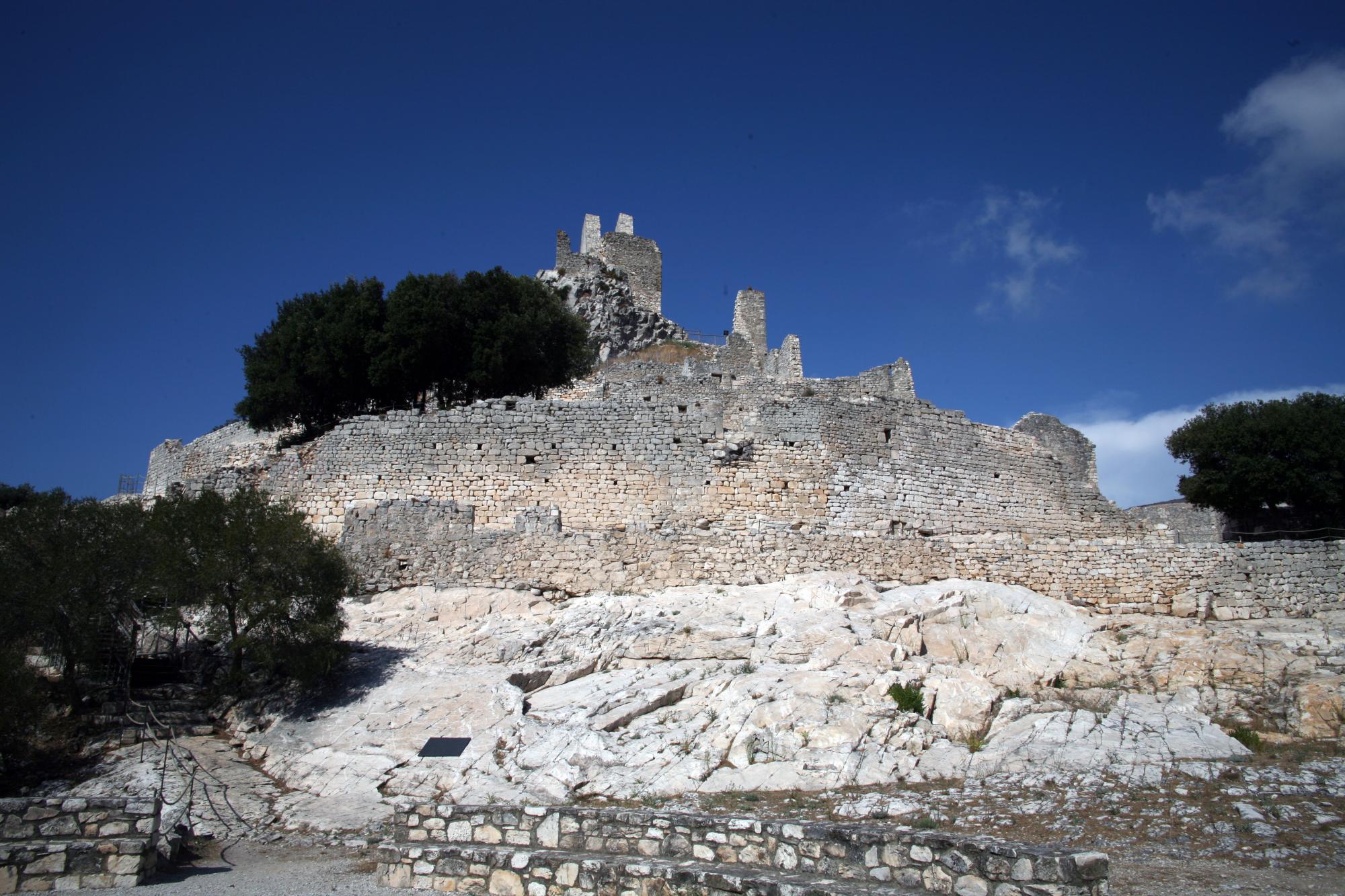
Montemassi Castle
The castle is the most famous monument in the territory of Roccastrada for the high example of Gothic style architecture that it represents.
Explore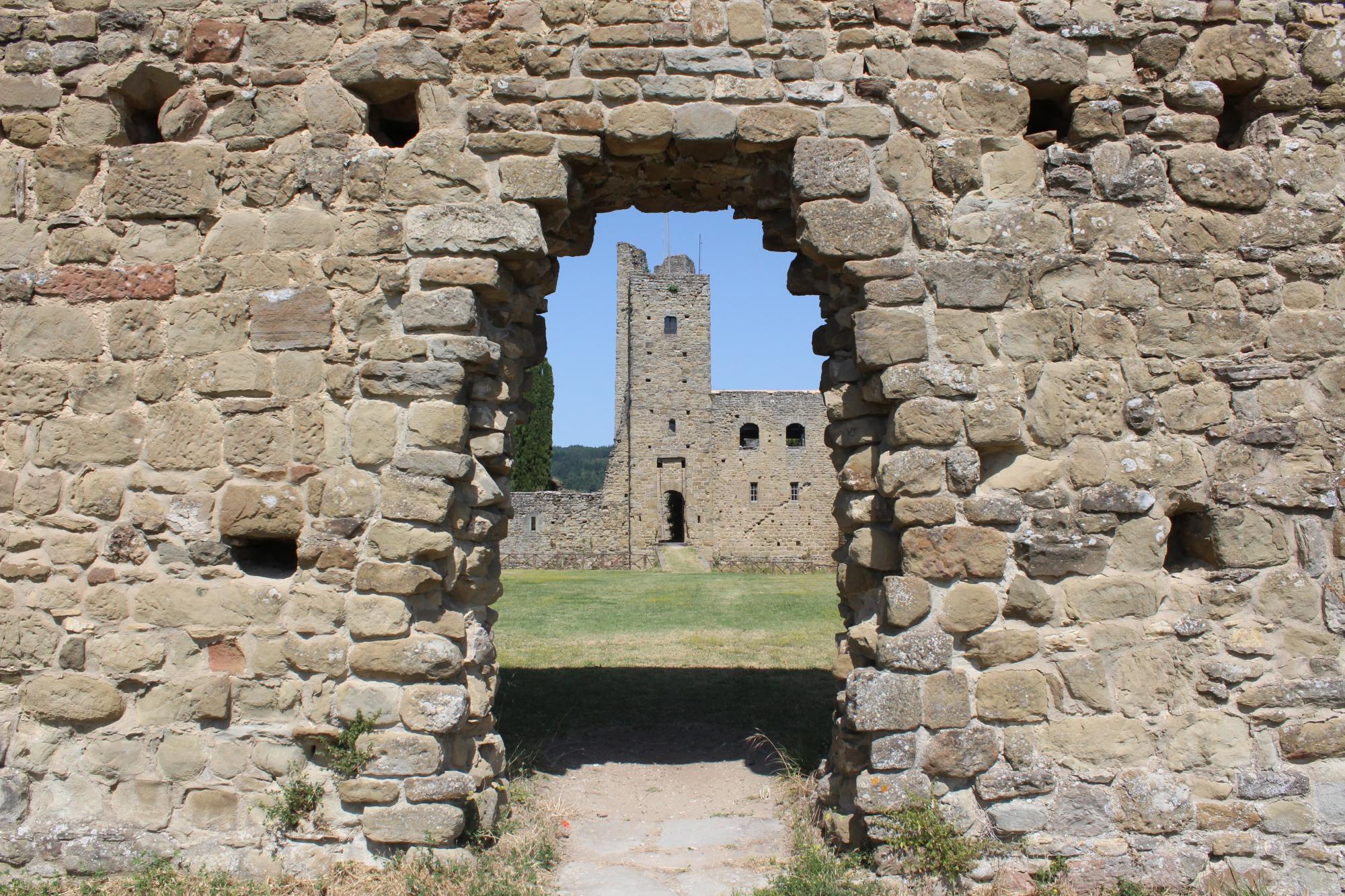
Romena Castle
The castle still preserves notable signs of its past greatness and of the important historical facts that interested it.
Explore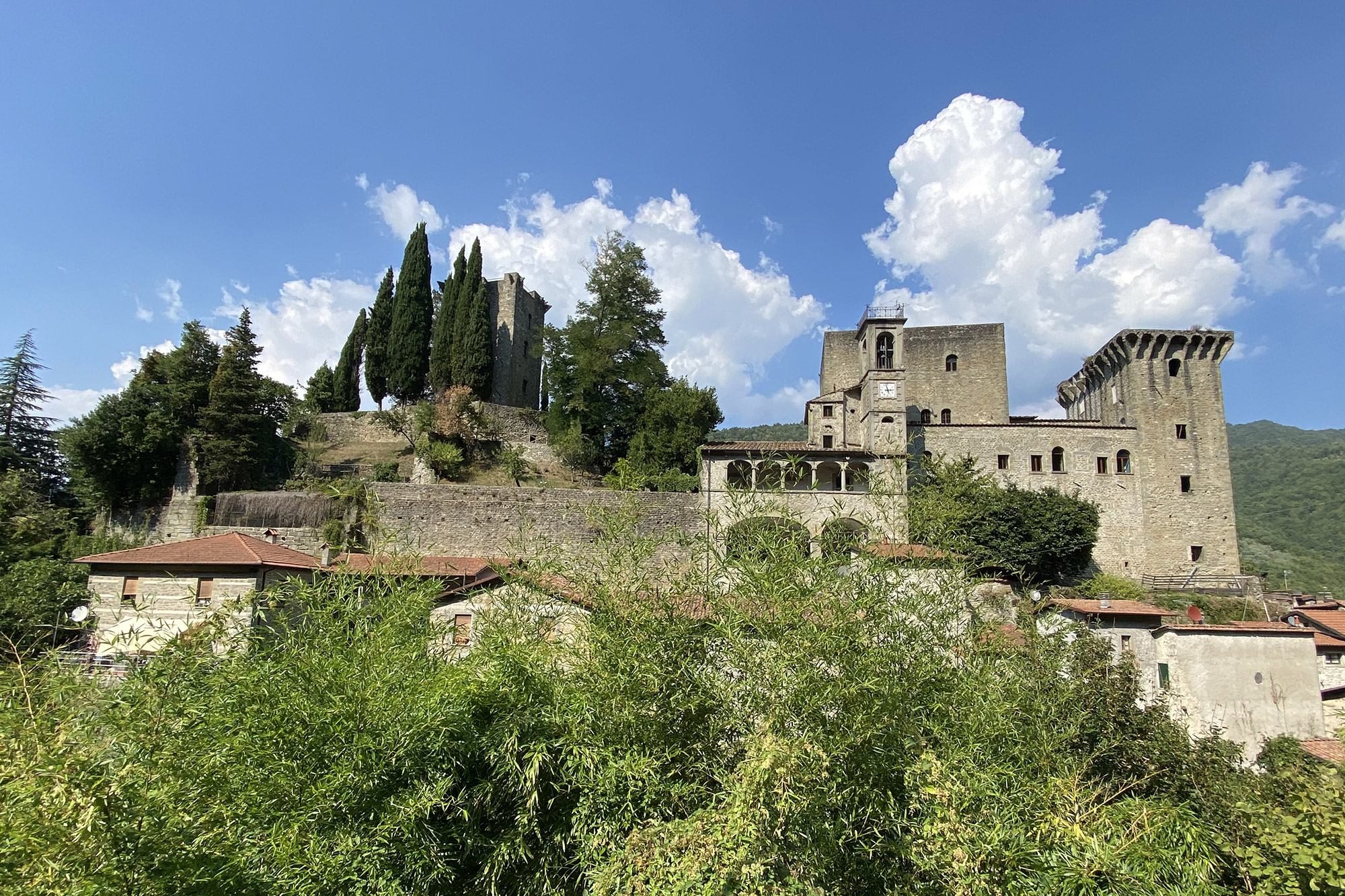
Verrucola de' Bosi
The Castle with its hamlet is today one of the best preserved medieval complex of the whole Lunigiana.
Explore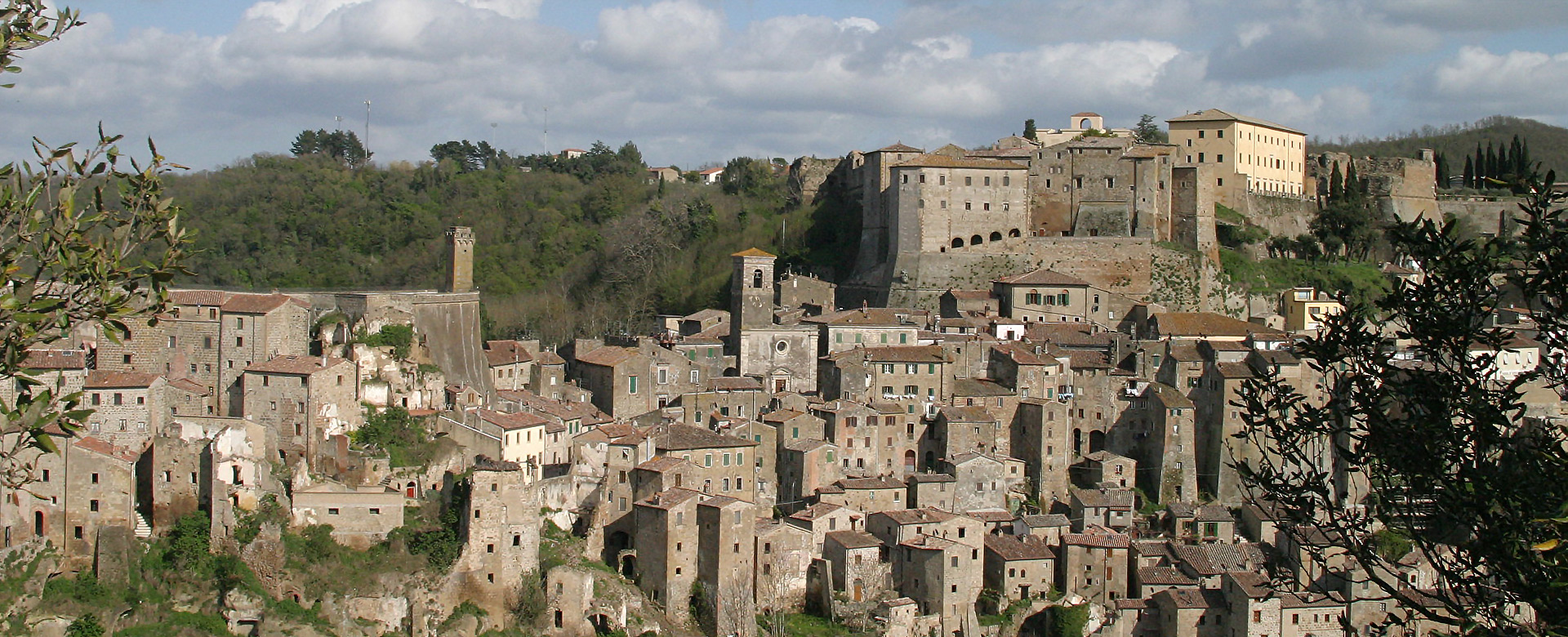
Sorano Fortress
The existence of the Fortress, erected in its primitive forms by the Aldobrandeschi family, is noticed since the 1172, is considered one of the highest examples of Renaissance military architecture.
Explore